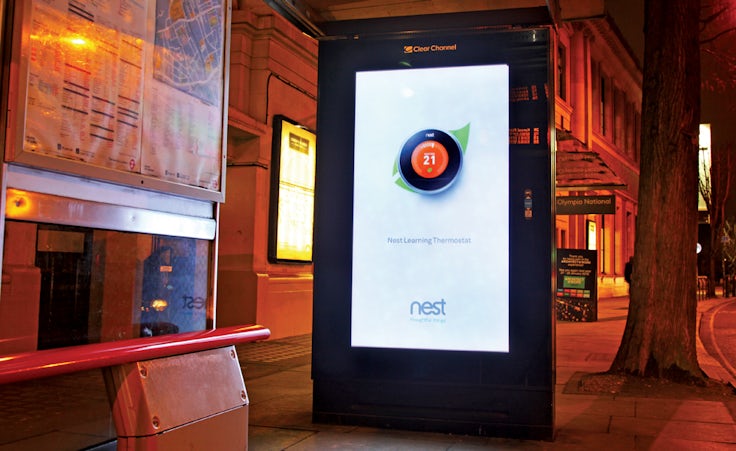Mark Ritson: ‘Digital marketing’ is redundant, so why create a separate budget for it?
Having separate budgets for ‘digital’ and ‘non-digital’ is outdated and pointless. Plan your 2016 marketing strategy by ditching the D word.

Even by my stupid standards my schedule over the past two weeks has been ridiculous. I’ve managed to participate in a global strategy session in Sydney, a training programme in Miami, a marketing roadshow in Canada, a two-day brand strategy meeting in Chicago, work on a 2016 marketing plan in Zurich, and then speak at the Festival of Marketing in London.
Different gigs with different clients, but one recurring message seemed to jump out from each session: the digital divide and how it will obfuscate marketing’s mission in 2016.
I met clients who told me they were very impressed with TV as a medium, but most of their budget was allocated to digital for 2016. I spent the morning with an Irish marketing director who wanted to know how much of his resources he should “shift across to handle digital”. I read a very good new survey by Nielsen (below) that examined the degree of trust that consumers associate with the different marketing channels and which, bizarrely split those channels into “online/mobile” and “traditional”. I even winced when I read an article in Marketing Week that asked “Youtube v Facebook: Where Should Your Video Spend Go?”. I took my pen and inserted “…v TV” after Facebook and before the colon and let out a very long, ancient sigh.

If you have a prescribed budget for digital in your 2016 marketing budget you are making a massive error and you do not get it. Before you accuse me of being a luddite or tech-hater let me make it very clear that I am entirely comfortable with a brand spending every penny of its marketing budget on digital. Indeed, I work for several big brands that did just that in 2015 and are succeeding as a result.
My argument is not one of tactical spend but, rather, strategic approach. Why pre-allocate a proportion of your 2016 marketing budget and create a silo for digital spend? And then create a second silo for traditional or non-digital or whatever bullshit term you use to describe the other tools at your disposal? It’s bullshit because, of course, there are no non-digital tools left to consider. The best TV, radio, print, even outdoor – if you read last week’s superb column in Marketing Week about its “digital transformation” – now embrace all the operational advantages of digital technology. It’s also bullshit because your marketing budget is a single amount with, ultimately, the singular overall objective of helping your business succeed in 2016. Any false dichotomy that you create for digital and non-digital spend merely serves to undermine optimum investment levels and stymie strategic thinking.
I am rarely sure of anything in marketing, but on this one I am absolutely convinced. The only way to prosper in the decade ahead and negotiate the massive changes that the digital era has ushered into our fair discipline is, paradoxically, to approach your 2016 marketing strategy with absolutely no reference to the D word at all. Specifically, if you want to get it right in 2016 I recommend a five-step plan to remove the digital divide from your marketing planning.
First, remove any and all stupid bifurcations between digital and non-digital tools from your analyses and if anyone presents one to you ask why TV or outdoor is not included within it. Second, ensure your 2016 marketing budget is not pre-assigned to digital and non-digital silos. Third, if your business card says “digital marketing strategist” work very hard to remove the D word before it becomes an anachronism. Again, I do not want to suggest that marketers with digital skills are irrelevant – you are essential – but if you walk around my business with a hammer you are only going to be looking for nails. Pick up the other tools and have all of them at your disposal depending on the job. Fourth, brief all agencies in the same room, at the same time with the same brief.
The answer to my Irish colleague’s question about digital investment is simply to allow all the different channels to compete with each other for your dollar on the same playing field. If Twitter really is a better fit than TV for your brand, budget and objectives in 2016 it will emerge from the account review. This more integrated approach has the added advantage of encouraging the all-important synergies between channels that can so often be at the heart of good communications planning.
As I say, I am certain this is the way and unsettled by the fact that 90% of organisations appears to be going in the opposite direction.







